Nu pierdeți cele mai bune locuri de muncă!
Abonează-te și săptămânal iți vom trimite un email cu ultimele locuri de muncă disponibile. Introdu adresa ta de email mai jos
French cuisine is revered worldwide for its quality ingredients, succulent flavours and textures and a devoted appreciation for delicious food. With over a hundred different types of cheese, France has several regions within the country that each possess their own culinary specialties and ingredients specific to their area.
If you are a dedicated foodie, you most likely have already been or are dreaming of one day heading to France to dine on the most divine of dishes from the most premiere chefs in Michelin star restaurants, or maybe you are more of a café aficionado and enjoy hunting down hole in the wall crepe cafés to enjoy small European sized coffees with. While some of you may have spent years creating your wish list of restaurants to visit, others may be interested in a culinary adventure tour that routes all across the four corners of France and allows you the opportunity to experience inimitable food and wine. Rent a small car, pack a few snacks, grab a map, and then head out on a trip that will be the culinary indulgence of a lifetime.
West/Southwest of France
Aquitaine
A region known for wine, oysters and duck foie gras, the capital city of Bordeaux, hosts a multitude of food and wine centric festivals throughout the year. Food is a central foundation of the region’s culture, and it is greatly reflected in the ingredients that they use. They breed ducks, harvest prime seafood, freshly picked varieties of mushrooms, truffles and other produce, and wine and alcohol are crafted with special care. Building their reputation on extremely high levels of quality in their fundamental practices, Aquitaine would typically serve a menu like this:
Velouté de cêpes au la truffes (Cepes mushroom truffle soup, From Perigord)
Tournedos rossigni et pomme de terre sarladaise (Rump steak topped with foie gras and sautéed potatoes with garlic, parsley and duck fat, From Bordeux)
Macarons de St. Emilion (Almond macaroons, From St. Emilion)
Chateaux Petrus (Red wine, From Petrus)
In the beginning of January there is the ‘Fête de la Truffe’ in Sarlat, which is small village known for the best truffles in France and they create a massive truffle riddled feast accompanied by entertainment of traditional dancing and music. While in this area, you can also go surfing in Lacanau or Biarritz, skiing in the Pyrénées Mountains or exploring castles in Gironde (around the city of Bordeaux) and Perigord, which is west of Bordeaux.
South/Southeast of France
Provence Alpes Côte d’Azur (PACA)
Basking in Mediterranean sunshine, with Roman architecture similar to Marseilles, Provence Alpes Côte d’Azur is a hotspot for wonderful wines, well-spiced cuisine and fresh ingredients. They have a reputation for Rosé and a penchant for aromatic herbs like rosemary, thyme, garlic, oil, olive oil, salt, pepper. Sun based vegetables like tomato, eggplant, capsicum and olives are prominently featured not only in the majority of native dishes but you’ll see them spread across the landscape in all the farms. You can also enjoy divine pastas and charcuterie thanks to its proximity to Italy.
Pissaladière (A quiche with vegetables and tapenade, From Nice)
Bouillabaisse (Secret tomato fish soup with vegetables and different varieties of fish, From Marseilles)
Tarte aux Figues de Sallies (Fig tart, From Sallies)
Rosé Côtes de Provence (Pink wine, From Provence)
In July, check out the Festival de la Gastronomie Provencale in Martigues, which is a massive summer cooking extravaganza with sardines on the barbeque and numerous other Provencale dishes. To burn off all those carbs, there is no shortage of adventure activities like rock climbing, kite surfing, kayaking and hiking canyons in the near surrounding areas. Monaco, Cannes and Andorra are all along the southern region and offer cultural experiences in a posh French environment if you are more into checking out towns and people watching.
North East of France
Alsace
Situated between Switzerland and Germany, this is the smallest region in France. Les maisons a colombages is a certain style of architecture that Alsace is known for its influence of German design. Strasbourg, is the main city of the region, a large European city protected by UNESCO due to its placement during both world wars. Popular ingredients include cabbage, potatoes, beetroot, charcuterie, pungent cheese from cows, and strong white alcohol. There is delectable mustard known as Moutarde, which is the Alsace equivalent of Dijon mustard from the Dijon region. Other popular products from this area include Munster cheese, which is soft in the mouth, but extremely strong scented and pretzels that are small and crisp. Though there is a clear German influence, the region continues to customize their cooking with French flair with dishes of Cuisses de Grenouilles and the iconic French delicacy of Escargot. This is also the region that specializes in Riesling wine, thanks to a perfected technique using perfectly ripened grapes in rich earth.
Escargot à l’alsacienne (Oven baked snails with white wine, shallots, garlic and parsley From Strasbourg)
Choucroute Garnie (Cabbage, Slow cooked white wine with sausages and other vegetables, From Strasbourg)
Kugelhopf (Brioche Cake with dried fruit, raisins and almond, From Foret Noire)
Riesling (White wine, From Alsace)
In December, you can revel in the Christmas markets that offer the full holiday experience with perfect atmosphere, architecture like that of a ginger bread house and delicious warm-you-from-the-inside-out food.
North West of France
Bretagne
If you’ve heard of King Arthur, you’ll want to check out this region that houses the mystical forest with relics from his reign. Though traveling around Bretagne involves heading from port to port as you cruise the surrounding islands, you can head into the center of the protruding land mass and explore the dense forest and see if you can find hidden secrets such as the ‘trembling rock’ or old mementos from Merlin himself. The capital of the region is Rennes, but get out and explore and make sure to try a galette, a savoury ‘black’ crepe that uses buckwheat flour instead of bleached white flour. Oysters, scallops, mussels and lobsters are notoriously delicious, coco de Paimpol, a flat white bean can only be found in this region, ciders are the drink of choice and the delectable concoction of salt butter is aplenty, which is butter mixed with rock salt into it.
Soupe de Moules Safranée (Saffron mussel soup, From St Brieuc)
Coquille St Jacques á la Bretonne (Scallops Gratin, From St Brieuc)
Crêpe Caramel au Beurre Salé (Crepe with thick caramel and rock salt butter, From all over Bretagne)
Cidre de Quimper (Apple cider, From Quimper)
Head to this region for some serious seafood festivals during April in Erquy, or the Fete des Fraises in June in the city of Plougastel. Pass the time by going sailing, buggy sailing on the beaches, fishing and clamming or golfing. There are numerous notable lighthouses like Phare Pointe du Raz, that you can visit in the surrounding islands to help ships navigate the shores.
Sign in to publish a comment
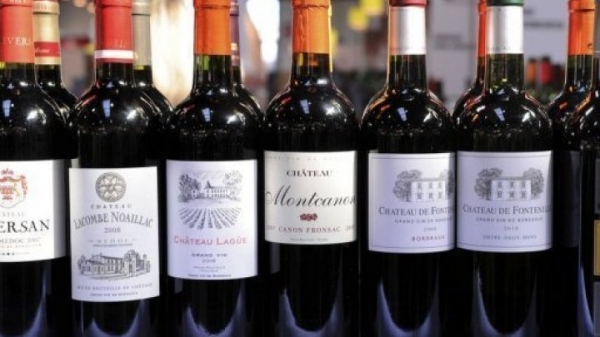
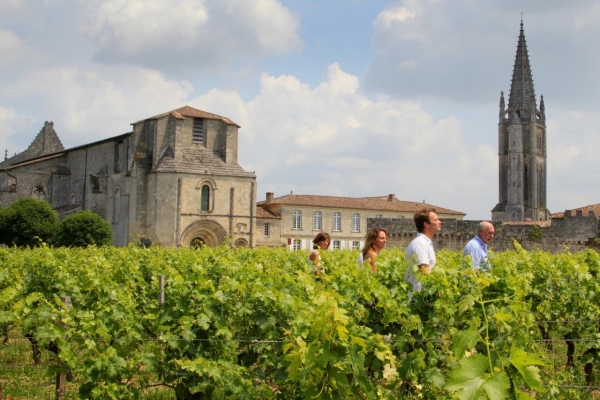
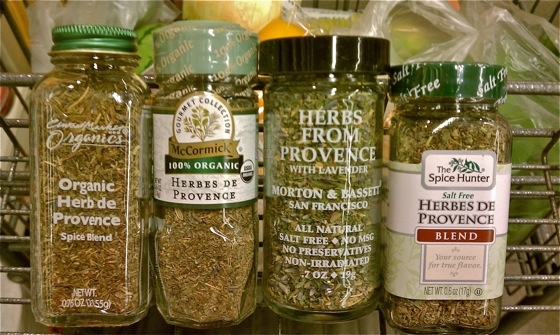
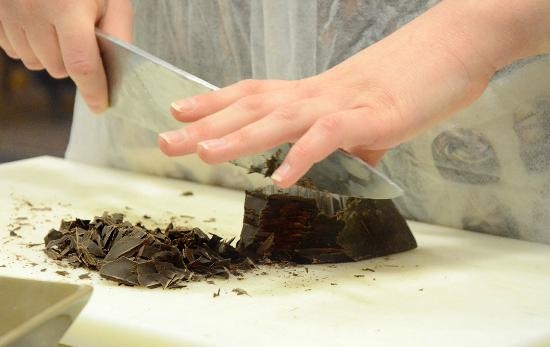
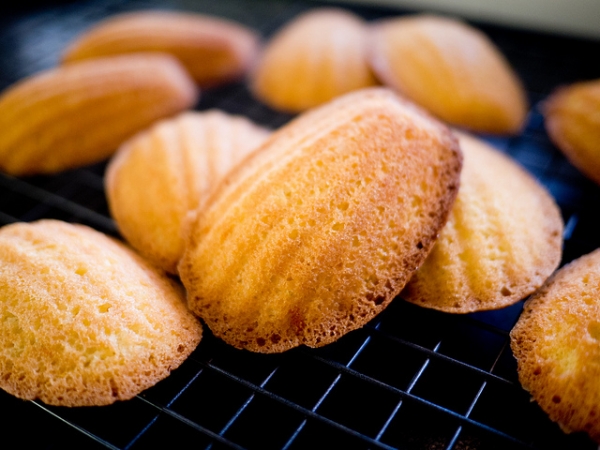
Be the first to comment on this post.